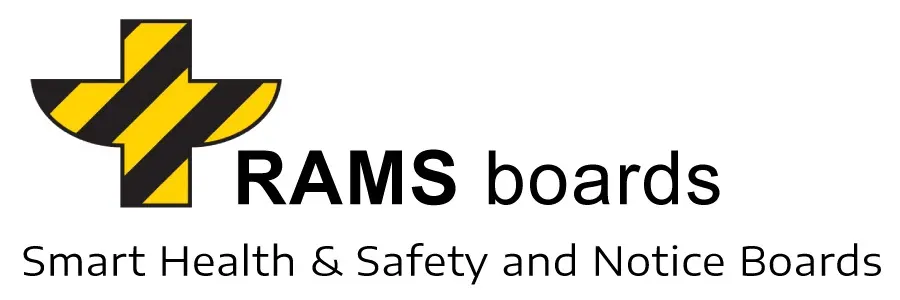Yes, RAMS boards are designed to withstand a wide range of environmental conditions, including extreme temperatures, thanks to their construction from High-Density Polyethylene (HDPE). However, it`s important to understand the characteristics and limitations of HDPE to appreciate how RAMS boards perform under various temperature conditions. Let`s delve into a detailed analysis:
High-Density Polyethylene (HDPE) Construction:
- Resilience to Weather Conditions:
- HDPE is known for its durability and resistance to environmental factors. This includes a good level of resistance to UV radiation, moisture, and various weather conditions, making RAMS boards suitable for outdoor use in different climates.
- Temperature Tolerance:
- While HDPE is resilient, it does have its limits in extreme temperatures. In very high temperatures, HDPE, like most plastics, can become more pliable or `plastic.` However, the melting point of HDPE is relatively high, typically around 120-130°C (248-266°F). This means that under normal environmental temperature conditions, including hot summer days, RAMS boards will maintain their structural integrity.
- Cold Weather Performance:
- In cold environments, HDPE remains tough and does not become overly brittle. This is beneficial for RAMS boards used in regions experiencing cold weather, as they can withstand lower temperatures without cracking or breaking.
Suitability for Various Environments:
- Outdoor Use:
- Given their resilience, RAMS boards are well-suited for outdoor construction sites, where they are exposed to varying weather conditions.
- Indoor Use:
- In indoor environments, where temperature and environmental conditions are more controlled, RAMS boards perform exceptionally well, making them versatile for both indoor and outdoor use.
Longevity and Maintenance:
- Durability Over Time:
- The robust construction of RAMS boards from HDPE ensures their longevity, even when used in environments with fluctuating temperatures and weather conditions.
- Minimal Maintenance:
- RAMS boards require minimal maintenance, primarily involving cleaning when they become dirty. Their resistance to environmental stressors reduces the need for frequent repairs or replacements.
Conclusion:
In summary, RAMS boards, made from High-Density Polyethylene, are designed to withstand a broad range of environmental conditions, including extreme temperatures. While HDPE has a high melting point that makes RAMS boards suitable for most climates, it is always important to consider the specific environmental conditions of your location. Under normal and even harsh weather conditions, RAMS boards prove to be a durable, long-lasting solution for displaying crucial information, making them a reliable choice in diverse settings.
